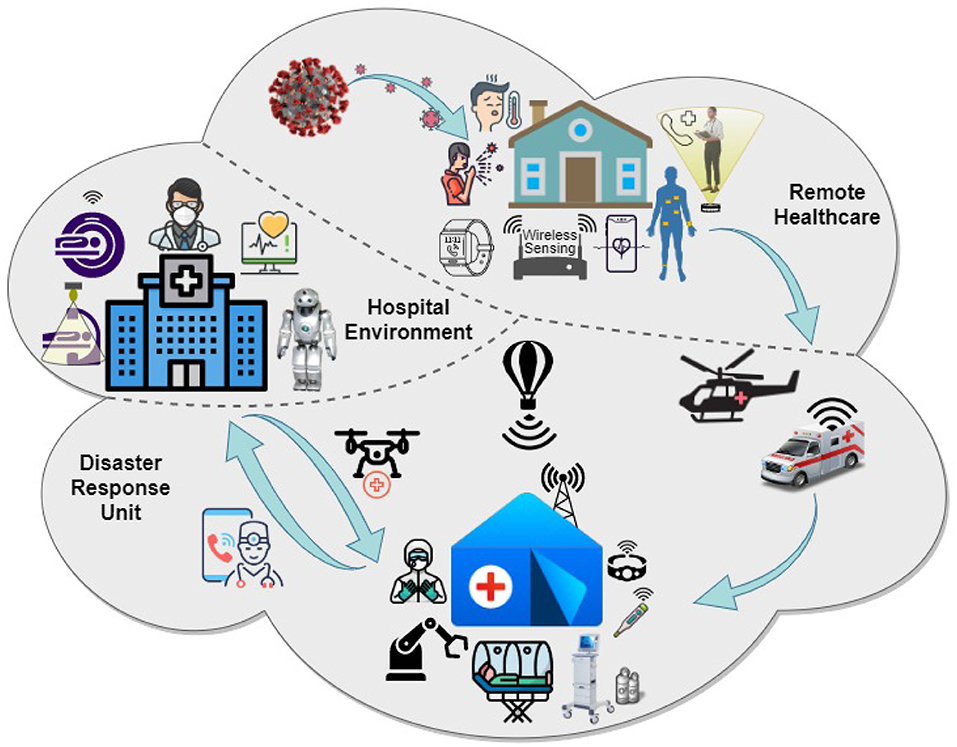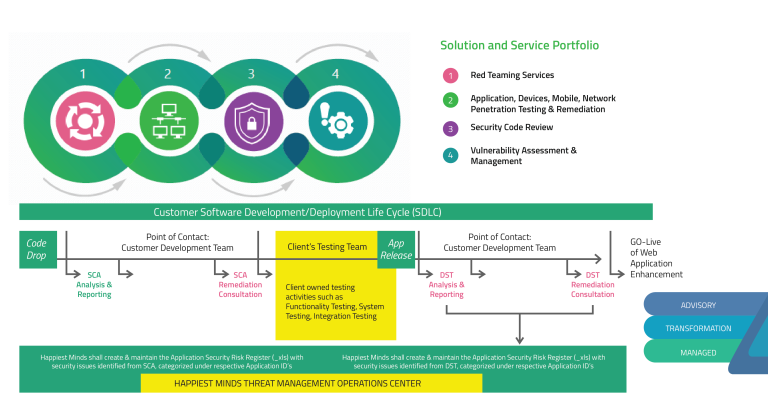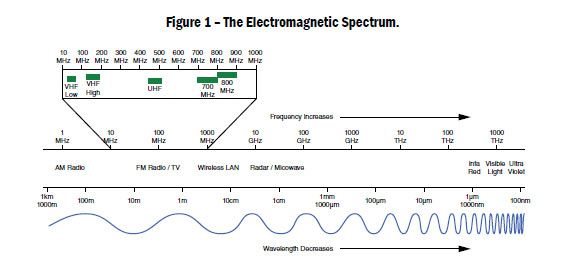VT (Video Telephony): Technology, Benefits, and Future Trends
telcomatraining.com – Video telephony (VT) has become an integral part of modern communication. It refers to the technology that enables real-time audio and video communication between two or more users. With the evolution of the internet and advancements in mobile technology, VT has made global communication easier, more efficient, and more accessible than ever before. In this article, we’ll explore the technology behind video telephony, its benefits, and the trends shaping its future.
What is Video Telephony?
Video telephony refers to the process of conducting conversations through both audio and video signals. This means that participants can see and hear each other simultaneously, which enhances communication by adding visual context to the conversation. Initially, video telephony was limited to specific devices and high-cost technologies, but with the advent of the internet and mobile networks, it has become much more widespread and affordable.
How Does Video Telephony Work?
Video telephony relies on two main technologies: video compression and real-time data transmission. In order to transmit video and audio over a network, the data must be compressed to ensure that it can be sent efficiently, especially over bandwidth-limited connections.
The process begins when a person initiates a video call using a VT application or device. The audio and video signals are captured, then compressed using algorithms like H.264 or VP8, ensuring the data is small enough for quick transmission over the internet. These compressed signals are then transmitted via the network to the recipient’s device, where they are decoded and displayed in real-time.
Benefits of Video Telephony
- Enhanced Communication: Video telephony improves the overall quality of communication. By allowing participants to see facial expressions, body language, and visual cues, VT can significantly reduce the chances of miscommunication. It’s a more engaging experience compared to voice calls or text-based messaging.
- Cost-Effective: Video telephony eliminates the need for expensive long-distance phone calls or travel expenses. With platforms like Skype, Zoom, Google Meet, and others offering free or low-cost video calling services, VT makes it easy for businesses and individuals to connect globally without financial strain.
- Business Collaboration: VT has transformed the business world by enabling seamless communication between teams, clients, and partners around the world. Remote teams can collaborate effectively, attend virtual meetings, and engage in real-time discussions without the need for physical presence.
- Telemedicine: Video telephony has greatly benefited the healthcare sector, particularly through telemedicine services. Doctors and healthcare providers can now offer virtual consultations, enabling them to reach patients in remote areas or those unable to travel. VT technology has expanded access to healthcare and improved patient care.
- Education: Online learning has become more prevalent, and VT plays a crucial role in delivering education remotely. Virtual classrooms, online tutoring, and live lectures are now accessible to students regardless of their geographical location. This helps bridge the gap in educational opportunities.
Future Trends of Video Telephony
- Integration with Artificial Intelligence (AI): One of the key trends shaping the future of VT is the integration of artificial intelligence. AI can enhance video calls by offering features like real-time translation, automatic transcription, noise cancellation, and improved video quality. These advancements will further improve the user experience and make VT more accessible.
- Virtual Reality (VR) and Augmented Reality (AR): The rise of VR and AR technologies presents exciting opportunities for video telephony. These technologies can create immersive virtual environments where users feel as if they are in the same room, even when they are physically miles apart. VT platforms may incorporate VR and AR elements to enhance communication and collaboration, especially for business meetings or remote team-building activities.
- 5G Networks: The global rollout of 5G networks will significantly improve the quality and reliability of video telephony. 5G promises higher speeds, lower latency, and greater bandwidth, enabling HD or even 4K video calls with minimal delays. This will make video communication even smoother, especially in areas where internet speeds are currently limited.
- Security and Privacy: As video telephony becomes more popular, ensuring the security and privacy of users will be a priority. Advanced encryption techniques will be implemented to protect video calls from eavesdropping and hacking attempts. Users will expect robust security measures to safeguard their personal information during video calls.
- Cloud-based Solutions: The rise of cloud-based platforms will continue to shape the future of video telephony. By storing data and applications in the cloud, users can access their video telephony services from any device, anywhere. This flexibility will be particularly beneficial for businesses with remote teams or individuals who work from multiple locations.
Conclusion
Video telephony has revolutionized the way we communicate, providing a richer and more interactive experience than traditional voice calls. With its many benefits, such as enhanced communication, cost-effectiveness, and applications in fields like business, education, and healthcare, VT is poised for continued growth. Future trends such as AI integration, VR and AR technologies, 5G, and improved security will further enhance video telephony, making it an even more powerful tool for global communication.
As the world becomes increasingly interconnected, the role of video telephony in both personal and professional contexts will only continue to grow, making it an essential technology for the future.







